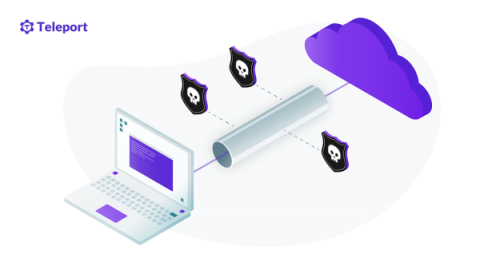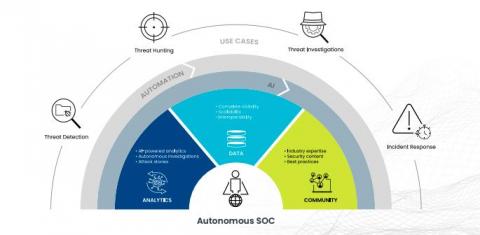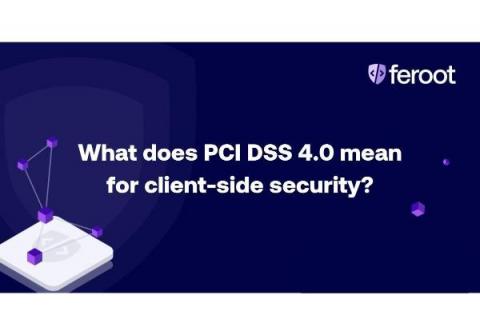What is a VPN? Types of VPNs and How They Work
As the number of remote workers grows, virtual private networks (VPNs) are becoming a popular way to grant remote access to employees while hiding online activities from attackers. With a VPN, your organization can secure network traffic between your site and users by creating an end-to-end secure private network connection over a public network. In this article, you will learn how a VPN works, what protocols are needed, what challenges are involved, and what alternatives are available.











